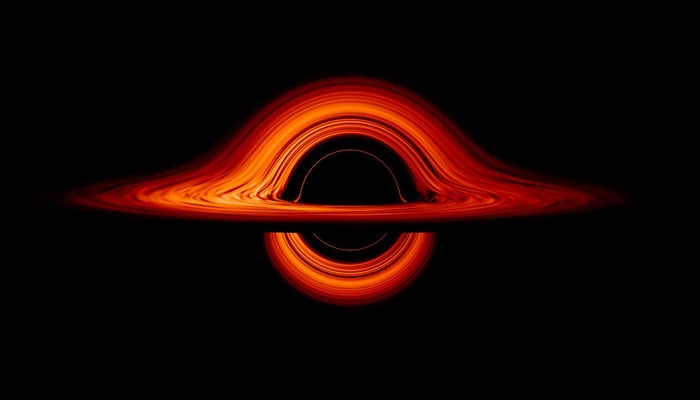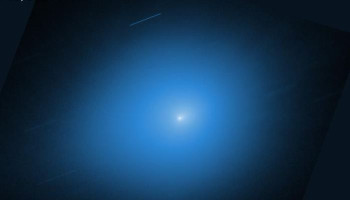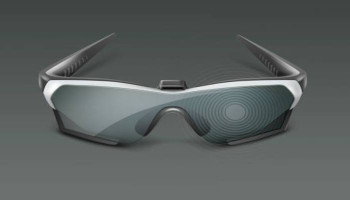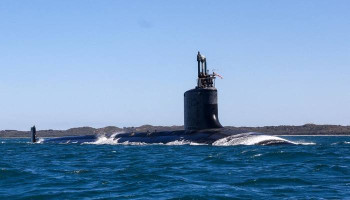
Have you ever wondered what would it be like to fall into a black hole?
NASA's latest simulation takes you to the edge of a supermassive black hole, like the one at the centre of our Milky Way galaxy.
As you approach a black hole from 400 million miles away, you'll notice a dramatic distortion in space-time. The surrounding accretion disk and background stars appear distorted, like looking through a Funhouse mirror.
As you get closer, the swirling light from the stars and gas around the black hole gets brighter, like the roar of a racing car getting louder.
Read more: How did Venus dry?
It takes about three hours to reach the event horizon, the point of no return, but to a distant observer it looks like you never reached it. If you cross the event horizon, you'll experience "spagitification," where intense gravitational forces expand and tear apart in just 12.8 seconds.
You will then accelerate towards the centre of the black hole, where there is a point of unimaginable density known as the "singularity". Alternatively, if you orbit near the event horizon but don't cross it, time will start acting strangely.
Time dilation occurs and time appears to slow down to a distant observer. This means that when you come back, you will be younger than your peers who stayed far away from the black hole.
















